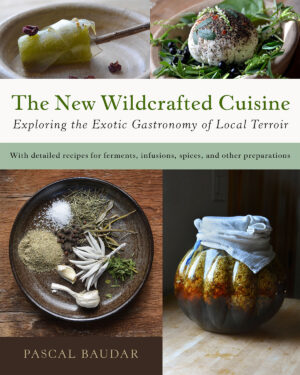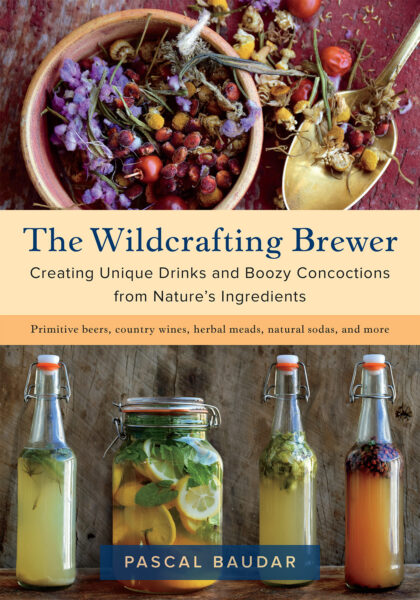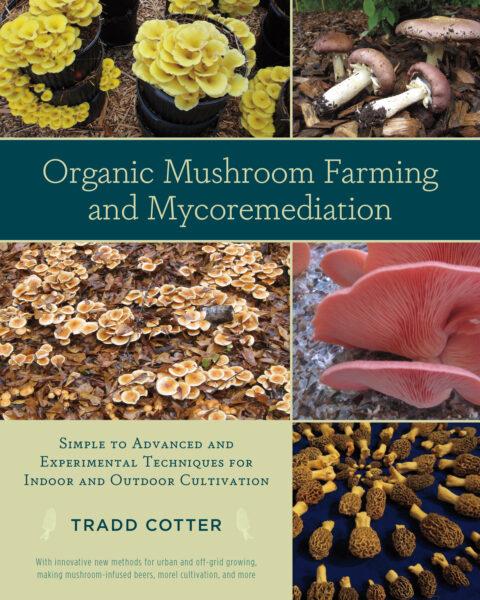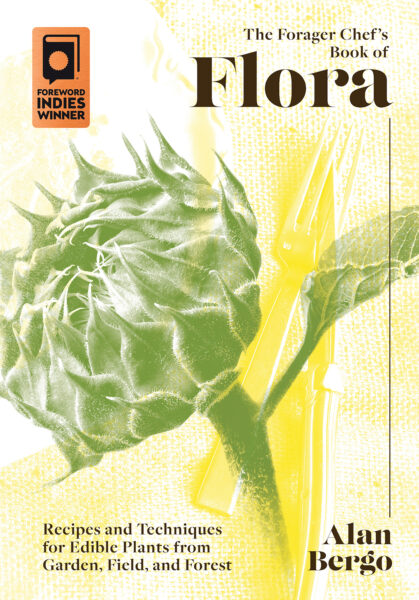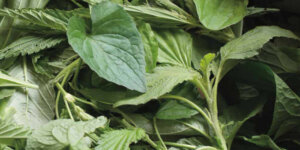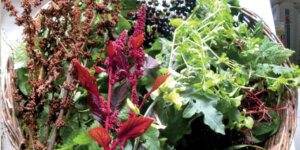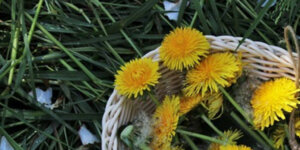Candy Cap Mushroom Beer: Brewing Wild Beers
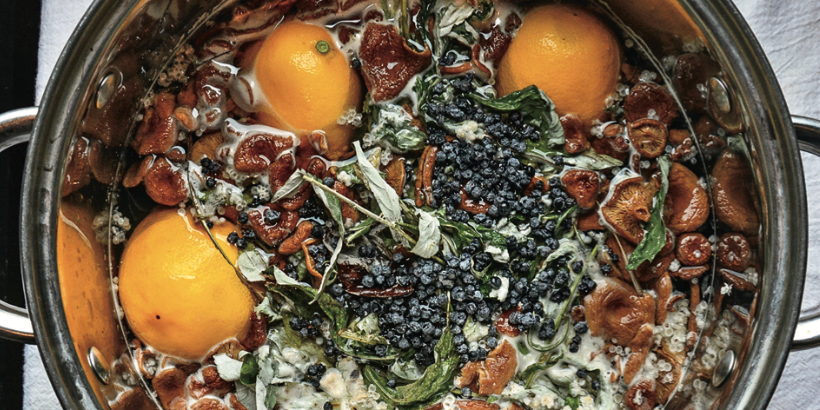
Yes, you read that right…mushroom beer! This recipe is perfect for beginners who want to try making their own wild, homemade brews.
The following is an excerpt from The New Wildcrafted Cuisine by Pascal Baudar. It has been adapted for the web.
Making Wild Beers
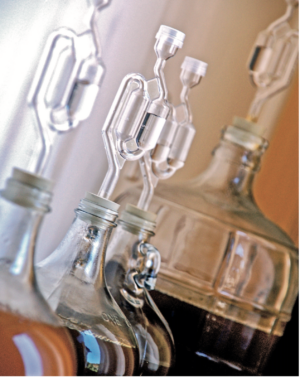 There is something primal and almost magical about making beers using locally foraged ingredients.
There is something primal and almost magical about making beers using locally foraged ingredients.
In some strange ways, it makes me feel connected to long-lost times when things were done more simply and people had a deeper connection with nature and understood how to work with it.
The magical aspect is being able to take a walk in the local forest or mountain and pick up ingredients as you go along.
As you learn more about wild plants you are able to create more intricate and complex brews.
RECIPE: Candy Cap Mushroom Beer
This is a strong-tasting brew suited for drinking in small amounts or creating cocktails.
You can cut the amount of candy cap mushrooms to 1⁄2 ounce (21 g) or even less in order to make a more mild-tasting beer.
Ingredients
- 1 gallon (3.75 l) springwater or distilled water
- 1 ounce (42 g) candy cap mushrooms
- 1⁄4 cup (55 g) dried elderberries
- 0.3 ounce (around 8 g) dried mugwort leaves
- 3⁄4 pound (340 g) dark brown sugar
- 4 ounces (120 ml) molasses
- 4 ounces (120 ml) maple syrup
- 2 sweet lemons
- Yeast (beer yeast or wild yeast)
Procedure
- Mix the water, mushrooms, elderberries, mugwort, brown sugar, molasses, and maple syrup in a large pot. Cut and squeeze the lemons into the solution. Bring the solution to a boil; let it boil for 30 minutes.
- Place the pot into a pan of cold water; cool to 70°F (21°C), then add the yeast. One bag of commercial yeast is usually enough for 5 gal- lons, so you don’t need to use the entire contents of the bag. Just use around one-fifth of the bag.
- Strain the brew into the fermenter. Position the airlock or cover your fermenter with a paper towel or cheesecloth. Let the brew ferment for 12 days.
- Siphon into beer bottles and prime the bottles with 1⁄2 teaspoon (2g) brown sugar for carbonation. Close the bottles and store somewhere not too hot. The beer will be ready to drink in 3 to 4 weeks. I usually wait at least 7 or 8 weeks, however, for better taste and carbonation.
Recommended Reads
Recent Articles
Whether you are an expert forager or new to the skill, it’s important to understand how to store your freshly picked bounty. Luckily, author Alan Bergo has the lowdown on how to harvest wild greens and cook them for the best storage so your harvest can stay fresh for days after being picked! The following…
Read MoreForaging wild plants in your area is a great way to shake up your culinary delights. Don’t know where to start? Below are our best foraging posts to get you started on your hunt for wild edibles. Foraging 101: Where to find your bounty We’ve given you descriptions. We’ve given you recipes. We’ve given you…
Read MoreYou can forget about waiting for your wine to ferment, because we have a recipe for dandelion beer that will be ready in just a week! Who knew those weeds in your backyard could make such a fun beverage? The following excerpt is from Pascal Baudar’s Wildcrafting Brewer. It has been adapted for the web.…
Read MoreNothing can be compared to the taste of a fresh, hot slice of pizza that came straight out of a wood-fired oven. By building your own clay wood-fired pizza oven, you’ll have this cheesy delicacy at your fingertips whenever you’re craving it! VIDEO: Building An Outdoor Clay Wood-Fired Pizza Oven Take it from Richard Miscovich,…
Read MoreChances are, you’ve seen cattails growing on the edge of your local lake or stream at least once or twice. Instead of just passing these plants, try foraging for and cooking them to create delicious seasonal dishes! The following excerpt is from The New Wildcrafted Cuisine by Pascal Baudar. It has been adapted for the…
Read More

